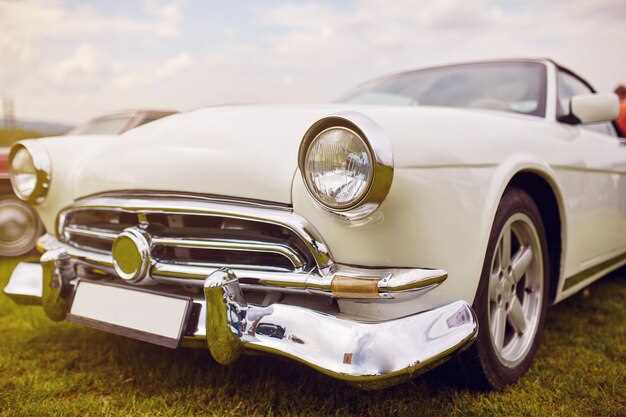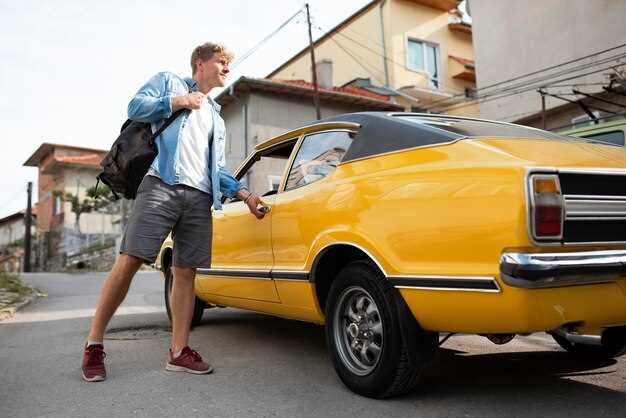

The Ford Mustang has long been a symbol of American muscle cars, and its various body styles offer distinct advantages and disadvantages that cater to diverse preferences. Among the most popular versions are the Fastback and the Convertible. Each has its unique charm and characteristics, making the choice between the two a personal journey for enthusiasts and casual drivers alike.
Fastback models are renowned for their sleek, aerodynamic design that not only enhances performance but also exudes a classic, aggressive aesthetic. The fixed roof provides added structural rigidity, which can translate to improved handling and a quieter ride. Fastbacks often offer more trunk space, making them a practical choice for those who prioritize cargo capacity along with their love for muscle cars.
On the other hand, Convertibles present an entirely different driving experience. The ability to lower the top allows drivers to enjoy the open air and sunshine, providing a sense of freedom that is hard to replicate. However, this style does come with some trade-offs, including potential compromises in structural integrity and trunk space. Convertibles are often heavier and may be less rigid than their hardtop counterparts, leading to differences in performance and handling.
Ultimately, the decision between a Mustang Fastback and a Convertible comes down to individual preferences regarding style, practicality, and driving experience. In this article, we will delve into each option’s pros and cons, helping you make an informed choice that aligns with your lifestyle and automotive passion.
Performance Comparisons: Fastback vs Convertible
When comparing the performance of the Mustang Fastback and Convertible, several factors come into play, including aerodynamics, weight distribution, and structural rigidity. The Fastback, with its sleek, closed design, tends to display better aerodynamics, allowing for improved speed and efficiency during high-speed driving. This aerodynamic advantage translates into reduced drag, making it more suitable for racing or performance-oriented driving scenarios.
In contrast, the Convertible offers a unique driving experience with its open-top design. While this contributes to a fun and engaging ride, it also results in greater weight and decreased structural rigidity compared to the Fastback. The additional weight of the convertible mechanism can lead to slightly slower acceleration times and less dynamic handling. However, many enthusiasts appreciate the Convertible for its blend of style and the freedom of open-air driving, which can make up for some performance drawbacks.
Another aspect to consider is the impact of handling. The Fastback’s rigid body allows for more precise cornering and a sportier feel, making it a favorite among those who prioritize track performance. On the other hand, the Convertible may exhibit more body flex during aggressive maneuvers, which could affect stability in tight turns. However, many drivers value the Convertible’s aesthetic and social experience, which remains unmatched in terms of enjoyment during leisurely drives.
Ultimately, the choice between a Fastback and a Convertible depends on individual priorities. Those seeking superior performance and handling may gravitate towards the Fastback, while others may find the Convertible’s open-air experience and style worth the trade-offs in performance. Each model has its strengths, and understanding these differences is key to making an informed decision.
Interior Comfort and Space: Fastback vs Convertible

When comparing the interior comfort and space of the Mustang Fastback and Convertible models, several factors come into play, impacting the overall driving experience. The Fastback offers a more enclosed cabin, which typically results in a quieter ride. This design also allows for better insulation from outside noise, enhancing the comfort level for occupants during long drives.
The Fastback’s roofline contributes to a sportier aesthetic while providing additional headroom compared to the Convertible. This can be particularly beneficial for taller drivers and passengers, who may find the Fastback’s interior to be more accommodating. Furthermore, the rear seating area in the Fastback usually offers more legroom, making it a practical choice for those who often have passengers.
Conversely, the Convertible shines in terms of open-air driving and the freedom that comes with it. The retractable roof provides an exhilarating experience that cannot be matched by any enclosed vehicle. However, this comes at a cost; the Convertible’s structure can sometimes compromise interior space and headroom when the roof is down. Additionally, the lack of a fixed roof can lead to slightly reduced storage space in the trunk, as the mechanism for the folding roof requires additional area.
In summary, if you prioritize an enclosed cabin with superior insulation and practicality, the Fastback is the better option. For those who value the thrill of open-top driving and the unique experience it offers, the Convertible is an appealing choice, though it may sacrifice some interior comfort and space. Ultimately, the decision will depend on personal preferences and intended usage.
Cost Considerations: Fastback vs Convertible

When evaluating the cost implications of owning a Mustang, it’s essential to compare the Fastback and Convertible models. Each variant comes with unique financial aspects that prospective buyers should weigh carefully.
Initial Purchase Price: Generally, Convertibles tend to have a higher starting price compared to Fastbacks. This price difference can be attributed to the additional engineering required to support a retractable roof mechanism. Depending on the specific model year and trim level, the cost gap might vary, but it’s a significant factor to consider.
Insurance Costs: Insuring a Convertible is typically more expensive than insuring a Fastback. Insurance companies often view Convertibles as higher-risk vehicles due to their performance nature and increased likelihood of theft or damage. Therefore, when budgeting for your new car, be sure to factor in these potentially higher insurance premiums for the Convertible variant.
Maintenance and Repairs: Maintenance costs can differ between these models. The mechanical components of a Fastback are often simpler, potentially leading to lower repair costs over time. In contrast, the Convertible’s complex roof mechanism may incur additional maintenance expenses, and repairs could be more costly if issues arise.
Depreciation: Convertibles may experience different depreciation rates compared to Fastbacks. Historically, Convertibles can retain value quite well if they are maintained in good condition, thanks to their desirability among enthusiasts. However, regional demand can fluctuate, impacting resale values differently than the more practical Fastback.
Fuel Economy: Both models typically share engine options, resulting in similar fuel efficiency. However, variations in weight and design might lead to slight differences in miles per gallon, which is worth considering for long-term ownership costs, particularly for those who drive frequently.
In summary, when weighing the costs of a Mustang Fastback versus a Convertible, budget considerations should encompass purchase price, insurance, maintenance, depreciation, and fuel economy. Carefully analyzing these factors can help potential owners make an informed decision that aligns with their financial goals.






